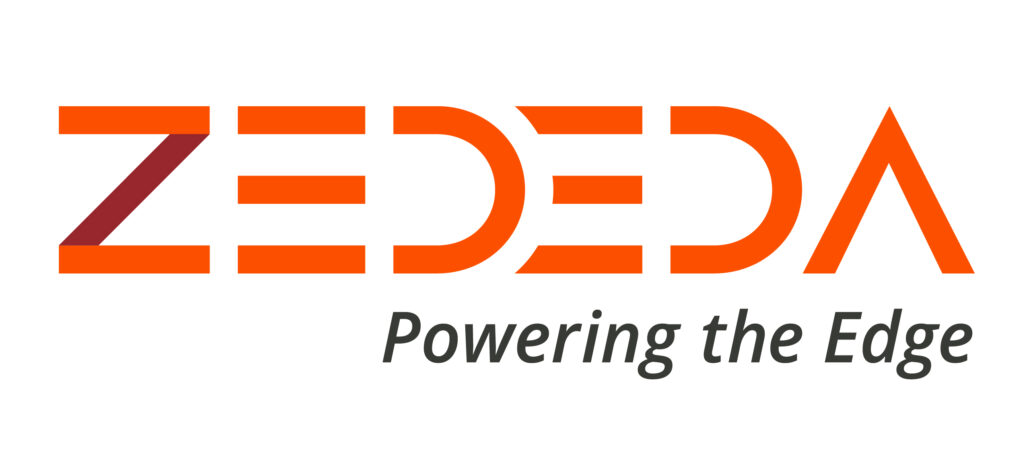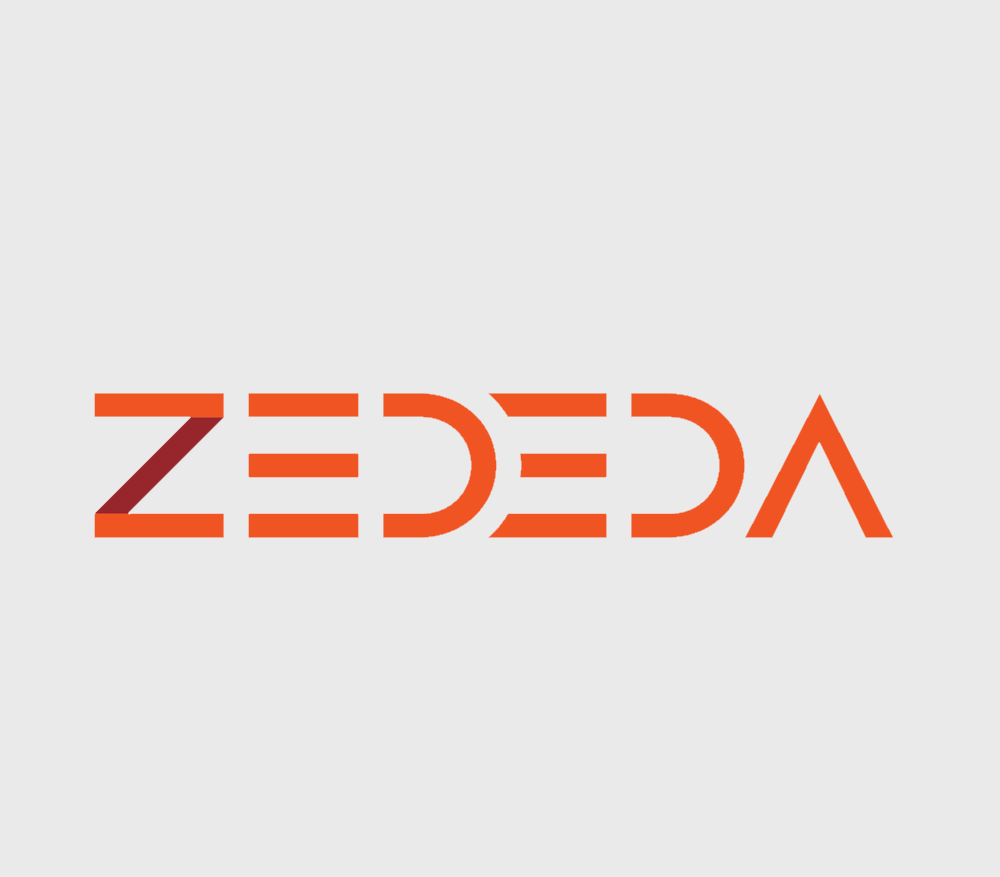
The title of the opening keynote at the 2021 Gartner IT Infrastructure, Operations, and Cloud Strategies conference, held virtually for the second year, set the stage for the challenges faced by Infrastructure and Operations (I&O) organizations today. Titled “Adaptive Resilience to Empower the Anywhere Business,” Gartner VP Analyst Douglas Toombs got right to the point, “A world of constant change is now the norm, not the exception, and I&O leaders must shift their focus from efficiency to resilience, adaptive resilience.”
Organizations worldwide have undergone a period of immense change over the past two years, and while the pandemic has forced a shift of focus for many organizations, it has also accelerated transformation within others to improve health and safety, increase competitive advantage, reduce costs, and more. Toombs hinted at this as the keynote continued, saying that organizations are having to reimagine how they manage their talent, operations, and platforms.
As many organizations know, this is easier said than done. Gartner VP Analyst Dennis Smith joined Toombs in the keynote to discuss specifically how people factor into this concept of adaptive resilience. This isn’t a small point; Smith highlighted that 64% of organizations report that talent availability is the most significant barrier they face to adopting new technologies, and with today’s remote work environment it’s easier than ever for talent to have access to new employment opportunities. Advocating a three-pronged approach for I&O teams to ensure they are as adaptive as possible, Smith discussed the importance of retaining current talent, seeking out new talent, and then providing the right opportunities to nurture and evolve that talent.. I&O roles are changing quickly, and Gartner predicts that by 2025 70% of the talent in the space will no longer be in traditional roles. In other words, according to Smith, when it comes to people, I&O organizations need to “get better at running to where the ball is going and not to where it is right now.”
One way that these roles will change is that I&O will embed more closely with the line of business. Organizations without this alignment will still take steps toward transformation but when led solely by the business, challenges such as siloed solutions and inability to scale will create roadblocks. Continuing the keynote, Gartner VP Analyst Julia Palmer explained that by creating fusion between teams with different stakeholders, I&O has a seat at the table and is able to help enable transformation.
Despite the importance of digital transformation, the reality is that many organizations are not yet putting a lot of budget behind it. Per Palmer, today organizations report that only about 10% of their existing budget goes to transformation, whereas 72% is earmarked for running existing projects and 18% toward growth. In other words, digital transformation has an outsized importance with an undersized budget, and the only way organizations will be able to accomplish it will be to partner internally, or as Palmer said, they must “transform adaptively with co-creation.”
So then, how does an organization tackle this? In the session, “Building an Edge Computing Strategy,” Gartner Distinguished VP Analyst Thomas Bittman explained that digital transformation would not happen without edge computing, but also reminded the audience that this isn’t the first time we’ve had to deal with an emerging trend like this, “Twenty years ago at this conference, I presented on server virtualization. I talked about the challenges that enterprises had with dozens, hundreds, thousands of Intel servers, and how having a virtualized platform to help them manage and distribute and deploy that would create better agility.” Today we often talk about server virtualization as driven by the benefits of consolidation, but when organizations first turned to it decades ago, it was about agility. In other words, I&O has been here before.
And like server virtualization, and cloud computing after it, Bittman cautioned that organizations will inevitably adopt edge computing. As a result, I&O must develop an edge computing strategy that tackles several aspects:
Edge computing vision: This is about finding new business opportunities as digital technologies are applied to operations. Organizations will not have a digital business strategy without edge computing.
Edge computing use cases: Proactively understand what is possible and identify the requirements to accomplish these use cases. This isn’t only about the future – identify any existing edge computing deployments within the organization, such as those that may be OT-driven.
Edge computing challenges: Use cases are varied but there is a common set of challenges that must be addressed. These include distributed computing (e.g., scale, remote management, autonomy); distributed data; security and privacy; and extensibility (e.g., how to move from a single use case to many).
Edge computing standards: Create a roadmap for future use cases by putting best practices, frameworks, and skills into place. Avoid recreating the wheel each time.
Edge computing execution: Create a plan to manage deployment and avoid projects stalling between proof of concept (POC) and production.
By taking the time to develop an edge computing strategy, organizations can avoid the pitfalls that have challenged so many who dove in without a concerted plan. In fact, Bittman pointed out that through 2022, Gartner anticipates that 50% of edge computing solutions that worked as POCs will fail to scale for production use. If I&O drives the creation of a strategy that has the buy-in of executives and is aligned with the business goals, then the guidelines will be in place to build off the success of initial edge computing projects and drive new opportunities through additional use cases.
As we think about new opportunities, it’s important to keep in mind that much of what edge computing enables is net new to the business. In his second session of the day, “Exploring the Edge: What’s Really Happening Out There,” Bittman reminded the audience that digital transformation is altering the shape of infrastructure and changing how technology is used, how people and things interact, and where data and infrastructure lives. As the world becomes more digital, every vertical and every type of business will have an edge computing component. While some use cases are more mature (such as video analysis, predictive maintenance, and surveillance) than others, even the most nascent ones, such as immersive experiences within the gaming industry, will eventually get to the enterprise.
One only has to look at the agenda for this year’s conference to understand the impact edge computing is already having on enterprises. Nearly a dozen sessions are devoted to different aspects of the technology sector – from high-level strategy to security to storage and more. Edge computing is coming to organizations whether they are prepared or not, so it’s critical that I&O get in front of this ball as well.




